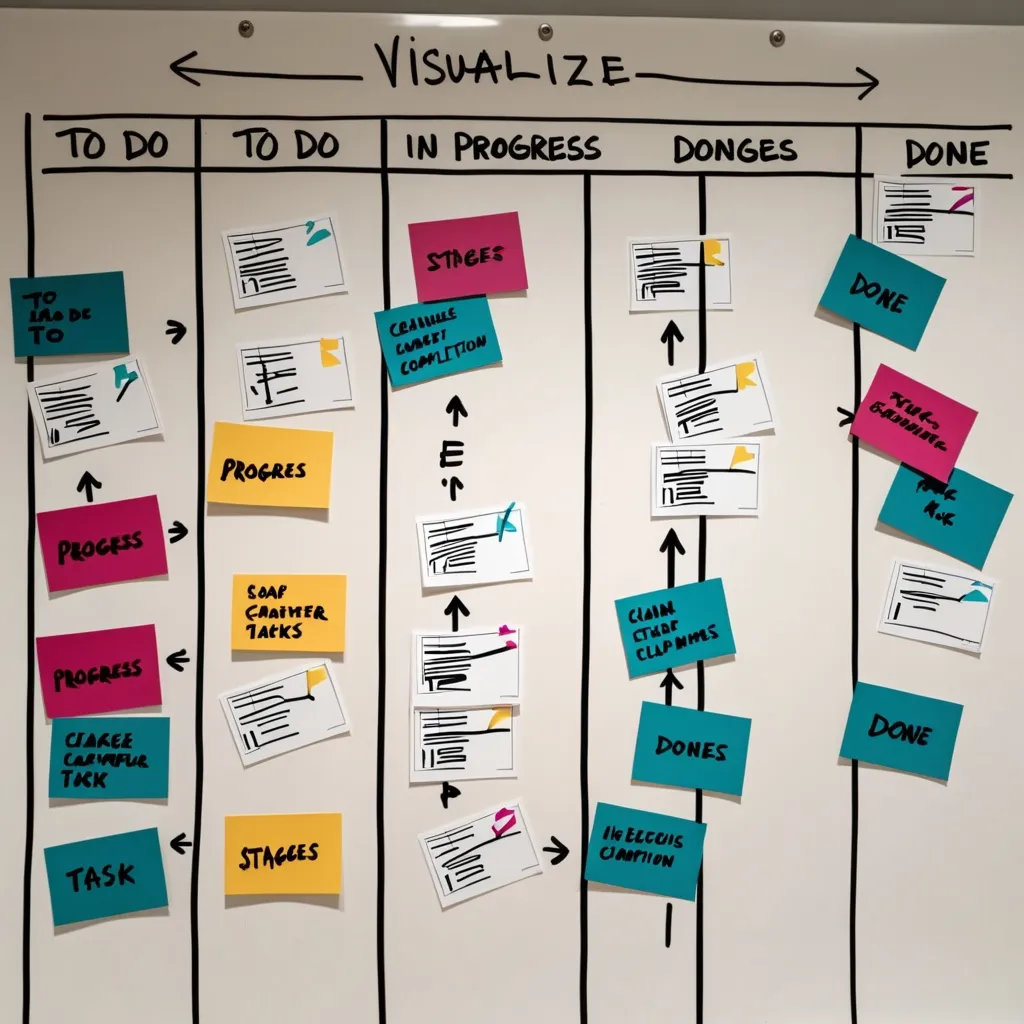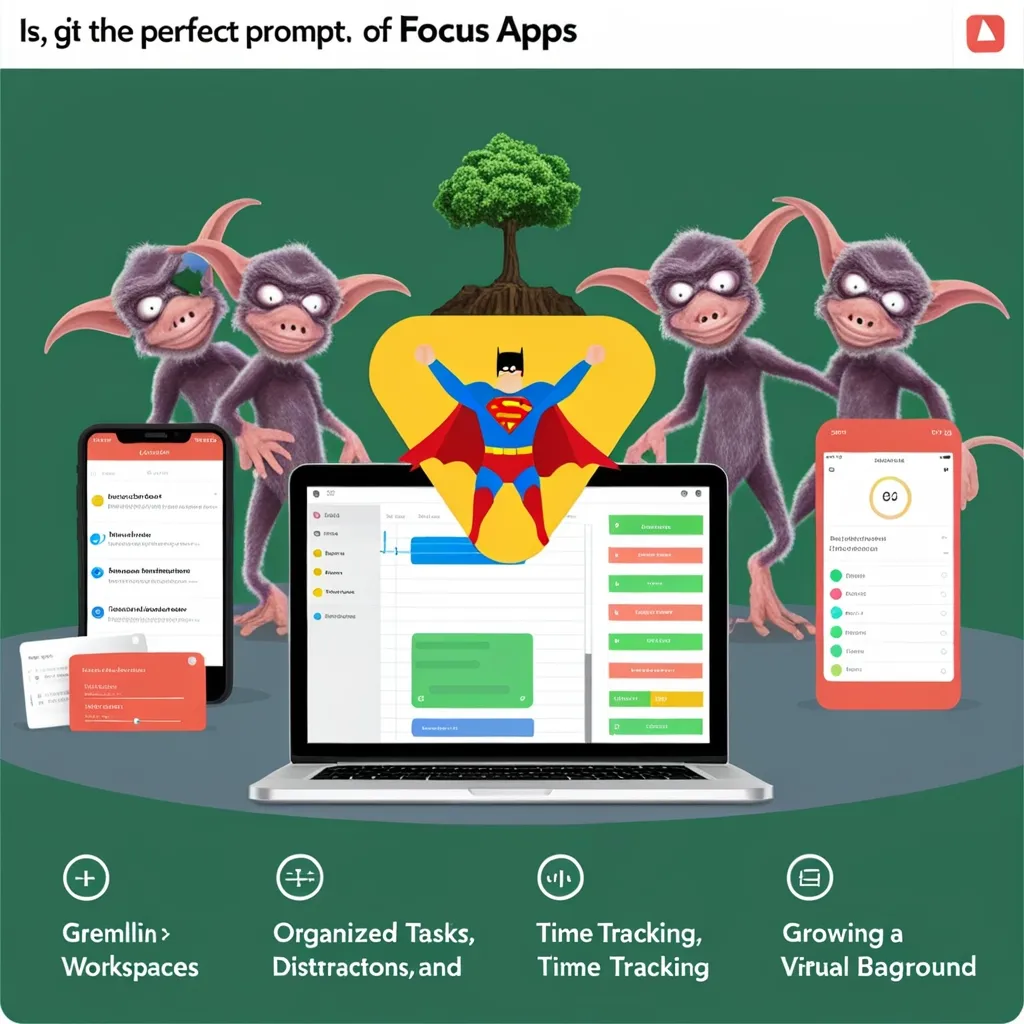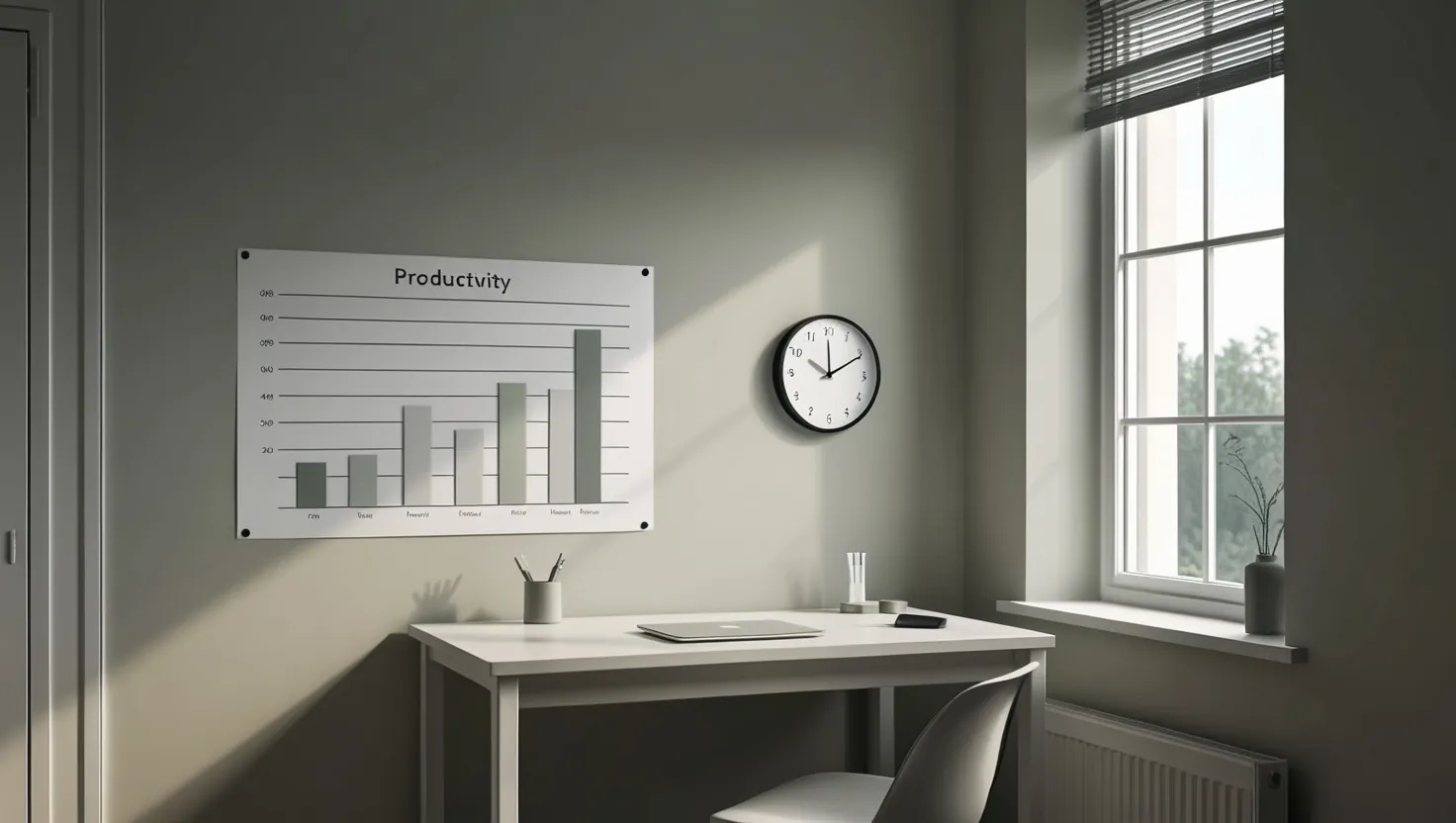Imagine stepping into a workspace where everything you need to do is laid out in front of you, almost like a treasure map, and all you need to do is follow it to reach the end. This is exactly what a Kanban board offers—a way to manage your workflow that’s visual, straightforward, and super effective for getting stuff done.
So, what exactly is a Kanban board, you ask? Think of it as a visual snapshot of all your tasks. Each task is represented by a card. These cards are arranged in columns, which correspond to the different stages of your project. For instance, you might have three basic columns: “To Do,” “Doing,” and “Done.” As tasks progress, the cards move from one column to the next. Simple, right?
Getting a Kanban board up and running is a breeze. First off, you need to identify your workflow—basically, break your project down into steps. For most people, “To Do,” “In Progress,” and “Done” are a good start, but you can go as fancy or as simple as you need. Next, each stage of your workflow becomes a column on your board. If you’re in sales, your columns might be “Lead,” “Negotiation,” “Documentation,” and “Closed.”
Once your columns are set, jot down each task on individual cards. These can be actual sticky notes on a wall or digital cards if you’re using tools like Todoist. Then, organize these cards into the appropriate columns to reflect their current stage. For added clarity, you can structure the order of the cards according to priority, placing high-priority tasks at the top.
Now comes the fun part—using your Kanban board. As you start working on tasks, move their cards from the “To Do” column to the “Doing” column. Once a task is finished, move its card to the “Done” column. This motion helps you keep track of your progress and visually see where every task stands. But don’t bite off more than you can chew. Keep the number of tasks in the “Doing” column manageable to avoid bottlenecks. Regularly review the board to see if tasks are progressing smoothly or if any are getting stuck. Adjust accordingly.
Kanban boards are an absolute game-changer when you’re working with a team. Sharing the board gives everyone a crystal-clear view of the project’s current status, promoting transparency and teamwork. Assign tasks to specific team members to ensure everyone knows exactly what they’re responsible for. Use the comment sections on each card to discuss details and share files, keeping all related communication in one place.
One of the best things about a Kanban board is how customizable it is. Maybe you need more than the standard “To Do,” “Doing,” and “Done” columns. No problem—add as many custom columns as your project requires. For even better organization, use swimlanes (horizontal rows) to distinguish different types of work or tasks. Setting clear policies, like when a card can move from one column to the next, can help maintain order and efficiency.
Why bother with a Kanban board? The benefits are huge. First off, it gives you a visual overview, so you can see at a glance where everything stands. This helps you spot and eliminate bottlenecks. It also boosts efficiency by limiting work in progress, helping you to focus on what truly matters. And for teams, it fosters collaboration and ensures everyone’s on the same page. Lastly, its flexibility means it can adapt to any project, from software development to sales.
Different teams find different uses for a Kanban board. Software development teams might have columns like “Backlog,” “Ready to Do,” “In Progress,” “Testing,” and “Done” to track feature development. Sales teams can use “Lead,” “Qualification,” “Proposal,” “Negotiation,” and “Closed” to manage their sales pipeline. Even personal projects like home renovations can benefit, with columns like “Planning,” “Materials,” “Construction,” and “Completion.”
A few tips for getting the most out of your Kanban board: keep it simple initially. A basic setup can help you get the hang of it without feeling overwhelmed. Gradually, you can add more complexity if needed. Make sure each card has all the necessary details, like who is responsible for the task, deadlines, and dependencies. Regularly review your board and tweak it based on how things are progressing. Feedback loops will help you streamline your workflow even further over time.
By integrating a Kanban board into your workflow, you’re not just organizing tasks; you’re setting yourself up for higher productivity and smoother teamwork. Whether it’s a massive project or just a daily to-do list, a Kanban board can be your road map to getting things done efficiently.






